What is Offset Printing?
Offset printing is a popular printing press technique, which transfers ink from a plate to a rubber roller, then onto a printing surface. Offset printing, or offset lithography, is used for mass production of custom printed boxes, magazines and other products due to it’s high-quality and low cost.
Offset printing involves transferring an image from a plate (usually aluminum) to a rubber “blanket” and from there onto the printing surface. Offset printing is so called because the transfer of the inked image from the plate to the blanket is known as “offsetting”.
The offset printing press was developed in 1875 for printing on tin, and then later improved upon in 1904 for printing on paper. In more modern times, offset printing is also known as lithography. The word lithography means “printed from stone”. This was because the very first printing plates were not from what was at the time, expensive aluminum, but rather they were made from limestone.
Amazing how far we’ve come, isn’t it?
Modern Offset Lithography
You might not think much about the process that goes into printing your packaging, but it’s actually quite involved. Prepress production ensures that all of the files are processed correctly, meaning they’re converted to CMYK, finalized and plates for each color are created according to the job that’s run on the printing press.
You’ve seen offset lithography all around you and may not have realized it. Everything from magazines to brochures to stationery and books are normally printed using this method. By using computer-to-plate systems (rather than computer-to-film), higher quality results can be created. It’s also much more economical than other types of print methods.
When talking about packaging and printing, there’s often the question of whether to go with digital printing or offset printing for your packages. The answer to this will depend on your answers to several questions that we’ll outline below. But first, the most common question we receive: What is the difference between offset printing and digital printing?
What’s the Difference Between Offset Printing and Digital Printing?
Offset printing uses printing plates and wet ink. It takes longer to produce since there are several steps that need to be set up, and the finished product has to be dry before it can be completed. With that being said, however, offset printing is the more economical option when it comes to producing a large quantity of a specific design.
Compare this to digital printing (what used to be known simply as “copying”). With digital printing, the result is output directly from electronic files. Digital printing is most frequently used for short-run products, like brochures, business cards or posters. The quality of digital printing is on par with offset printing, however with offset printing, you get a much wider spectrum of ink colors that at this time, digital still cannot match.
Each printing process has specific core benefits and drawbacks that you should know about before you decide:
The Benefits of Offset Printing
Offset printing offers superior image quality – bar none. If you want distinctive, clean, beautiful typography and images that are rich and vivid, with spot-on colors, you can’t beat the precision of offset printing.
Plus, offset printing provides beautiful results on nearly any kind of material. It’s also highly economical if you have a large volume of packaging orders.
The Benefits of Digital Printing
Digital printing ensures that every piece printed is identical to the next one. For low volume packaging design jobs, the price per unit is cheaper with digital printing. However, with larger jobs, eventually offset printing catches up here. Another core benefit of digital printing is that even during the course of a single print job, you can change information if needed.
The Drawbacks of Offset Printing
You’ll need to invest money up front with offset printing, unless you work with a printing manufacturer that provides free plates and die. The specific plates with your specific design will need to be created, and this takes time. However, let’s say you create a product packaging design and it proves to be immensely popular. You’ll actually spend less over the longer term with offset printing than with digital, because all of the work has already been done, and it’s practically infinitely scalable.
The Drawbacks of Digital Printing
As we’ve stated, if getting perfect, spot-on color is your goal, digital printing may not be the best option. There are also fewer options in materials that can be printed on using digital printing.
Choosing Between Digital and Offset Printing
It might seem like the differences and drawbacks between the two types of printing are fairly miniscule, but there are several other factors that come into play when designing and printing your packaging. Consider asking yourself the following questions in order to better narrow down the right choice for your needs:
How Soon Do You Need It?
Offset printing takes time: time to create the plates and all the processing necessary to make it happen. It simply can’t be done at the last minute. For last-minute work, digital wins hands-down. However, once offset printing processes are set up, larger print jobs are much more economical and can be printed easily. This makes offset printing much more scalable in the long run.
What Kind of Material Will You Be Using?
Digital printing can print on basic materials, but if you want to truly stand out with your packaging, offset printing is by far the best option. That’s because the design that is transferred to the plates can be used on a wide range of materials.
How True Should The Colors Be?
If you need a lot of a certain color, a very precise color or a unique blend, offset printing is going to allow you to get closer to the accuracy you want over digital printing. Although digital has come a long way with its more blended inks, offset still holds the crown for color purity since it allows for a far greater spectrum of color by mixing and matching various types of inks.
How Big Is The Project?
If you have more than 500 pieces, offset printing is going to be more economical in the end. Plus you’ll still benefit from superior quality and vibrant colors. For smaller packaging runs, digital printing may be a better option, since offset printing requires an up-front investment in the creation of plates and other items in the preprocessing stages.
Why We Recommend Offset Printing
In most cases, as you’ll see, offset printing for more than 500 pieces can be an economical way to create packaging that truly stands out. Because it offers the largest variety of color options, together with high quality, you can be certain that the end result will exceed your expectations. In addition, offset printing allows you to scale your product packaging operation as needed. You can print on many different types of materials, which gives you the freedom to make your retail packaging design truly stand out beyond its design.
With all of this flexibility and affordability, it’s hard to go wrong with the superior quality, precise color, unique materials and scalability of offset printing.
What If I Still Have Questions?
It’s understandable to have questions about your packaging project. Our comprehensive A-Z guide to packaging definitions can help you get up to speed with industry terminology as you create your own custom boxes, and our specialists are here to help.
From design to packaging material to setup and pricing, the right packaging can truly bring a product to life. You want to be sure that your packaging design and every stage of the process is handled by true experts in the packaging field with the knowledge, experience and expertise to make even complex packaging challenges come to life with vibrant and brilliant style.
To learn more about offset printing, our printing processes or to get quotes for your packaging needs, please do not hesitate to contact us for a free quote at Refine Packaging. We’ll take the time to understand your product, your vision for its packaging as well as your specific brand and the tone you want to convey with your product. Contact us today to learn more about our comprehensive packaging design and printing services and let’s work together to bring your product packaging vision to life!
Ready to think outside the box? Let's get started!
Get in touch with a custom packaging specialist now for a free consultation and instant price quote.


.svg)
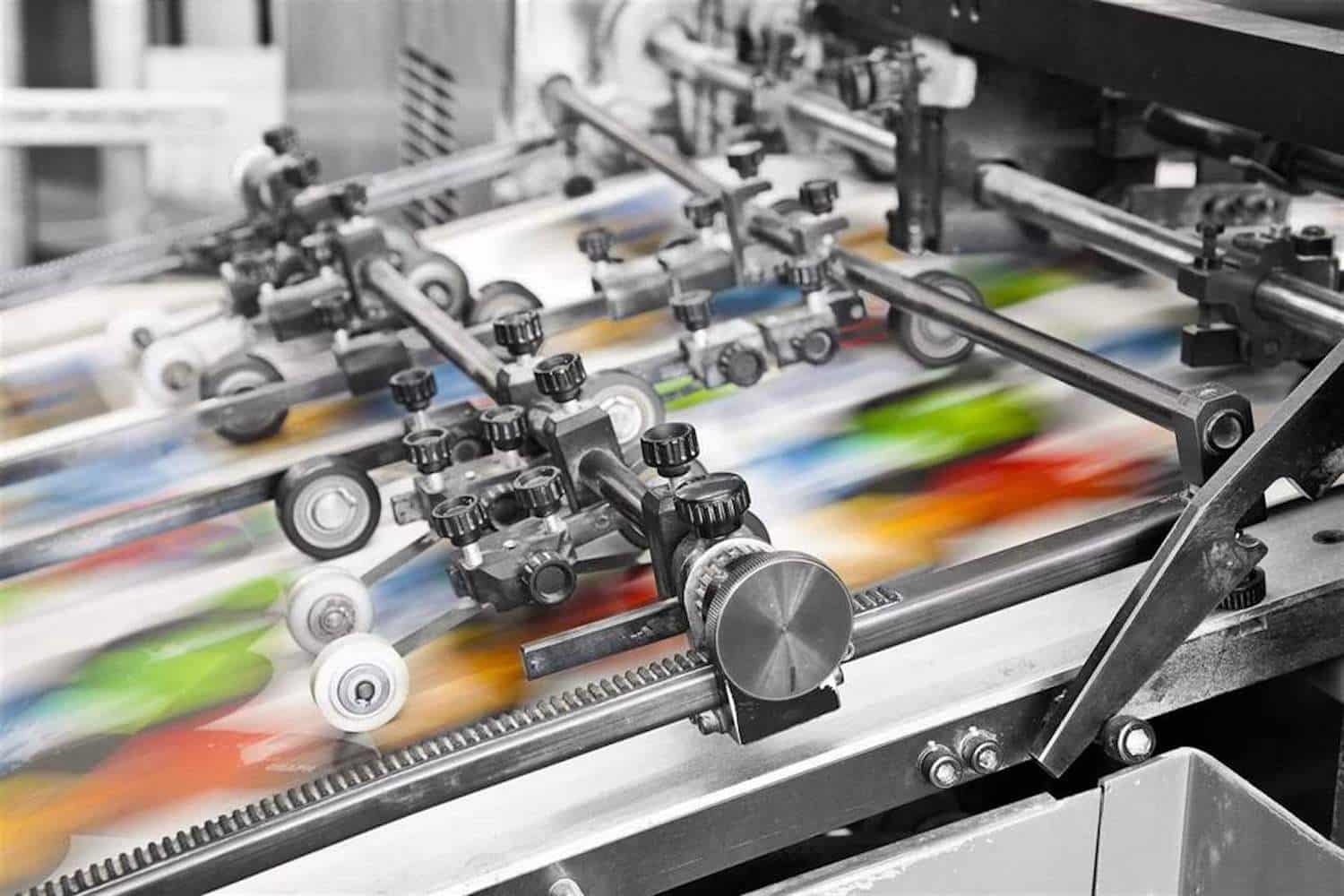


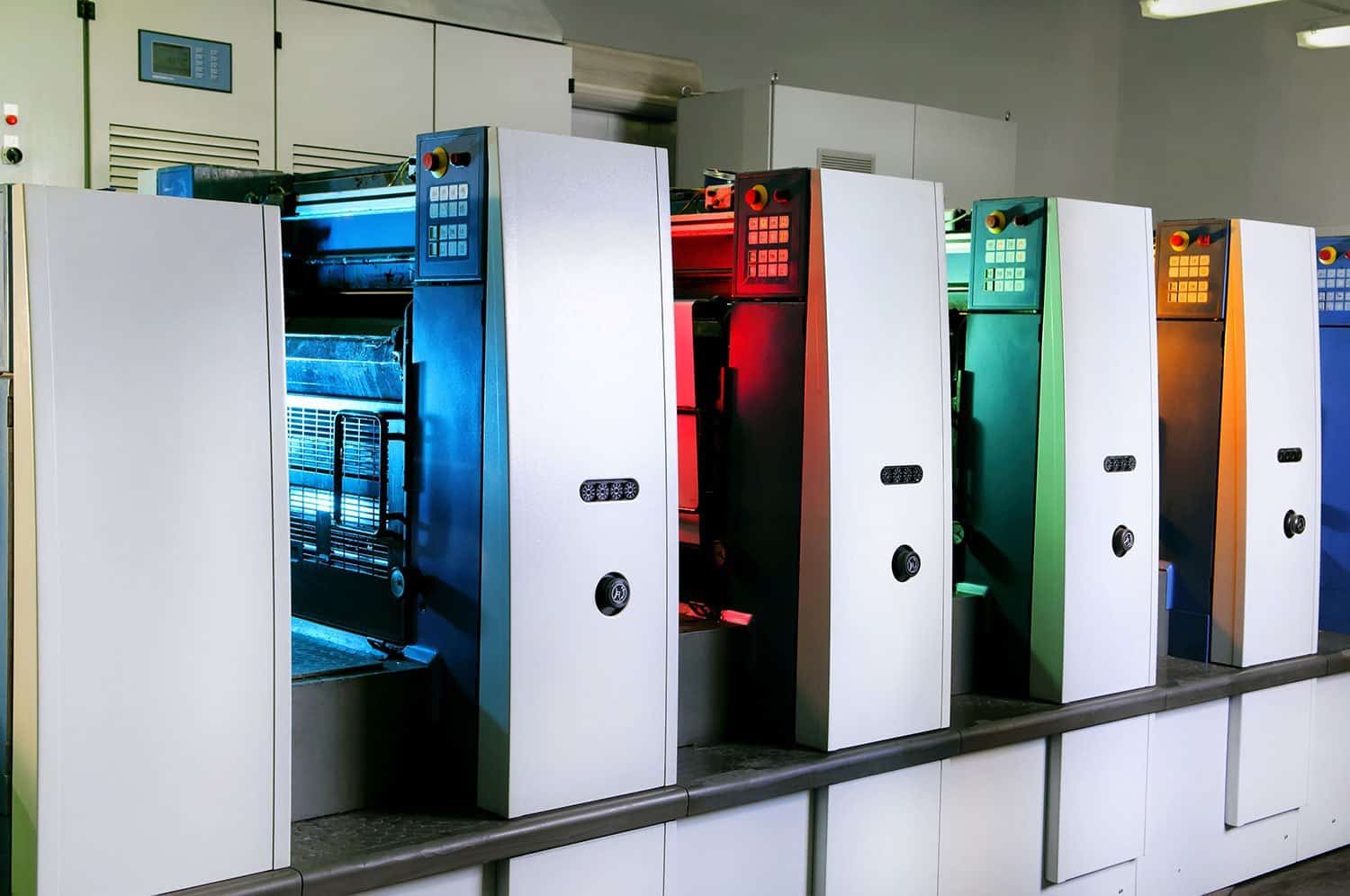
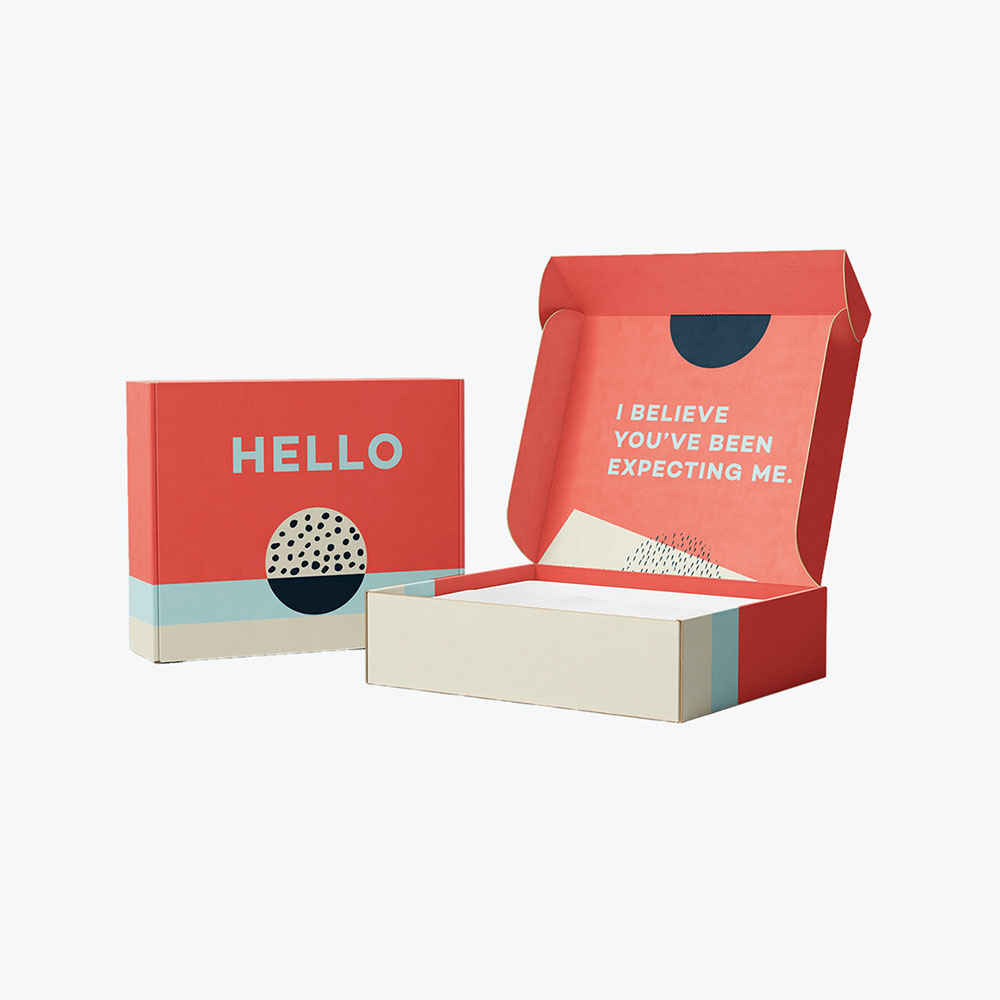
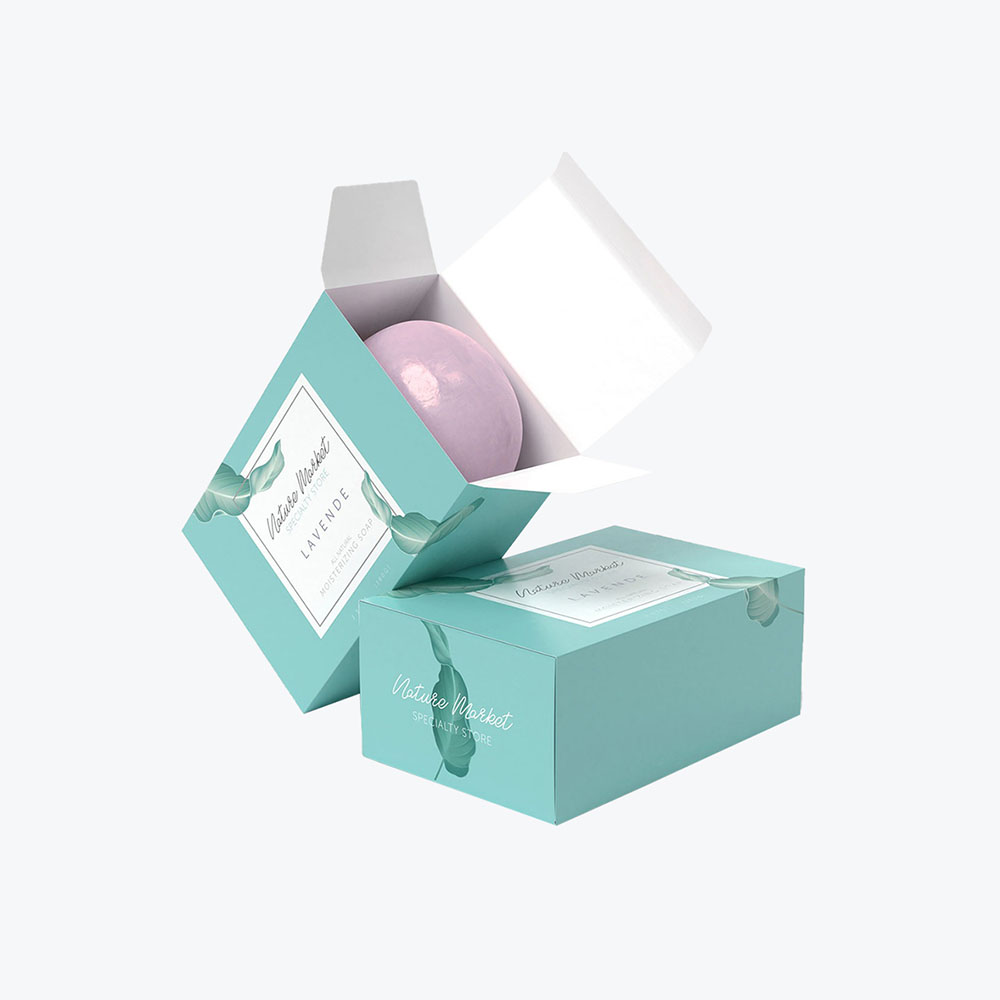
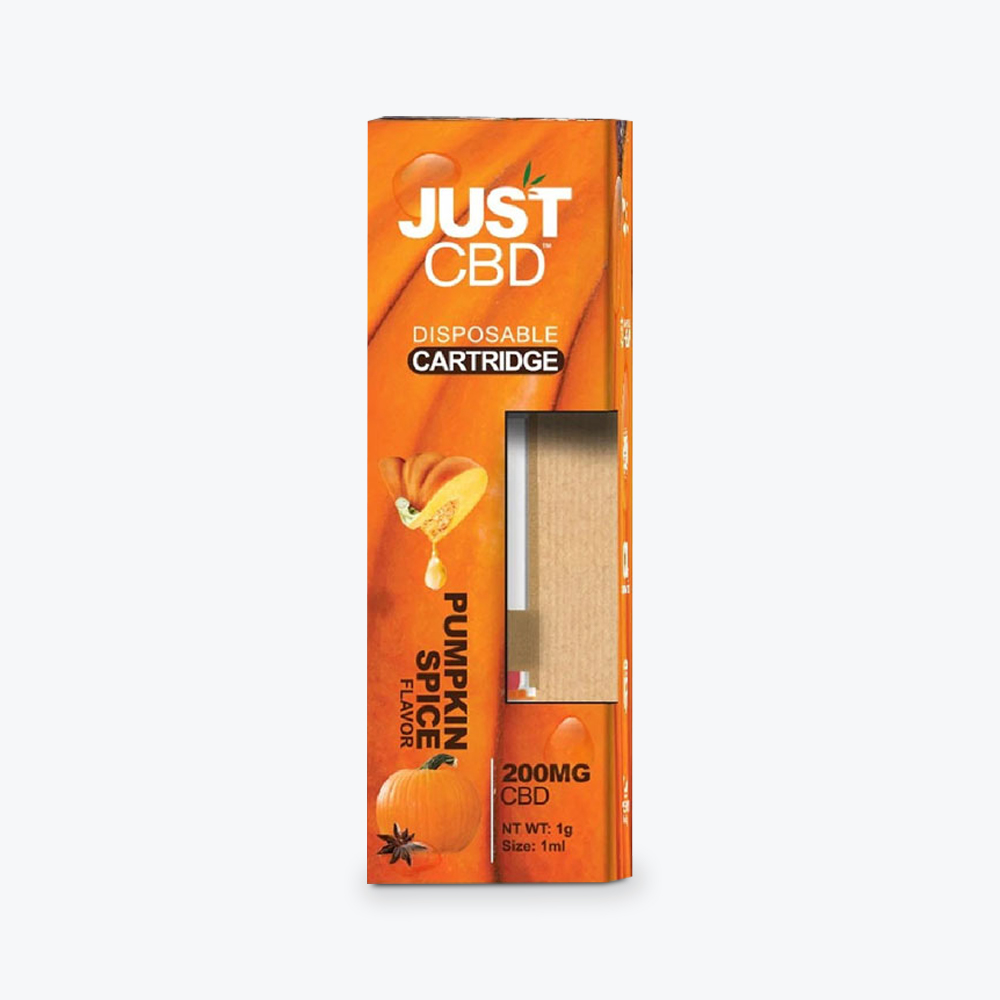
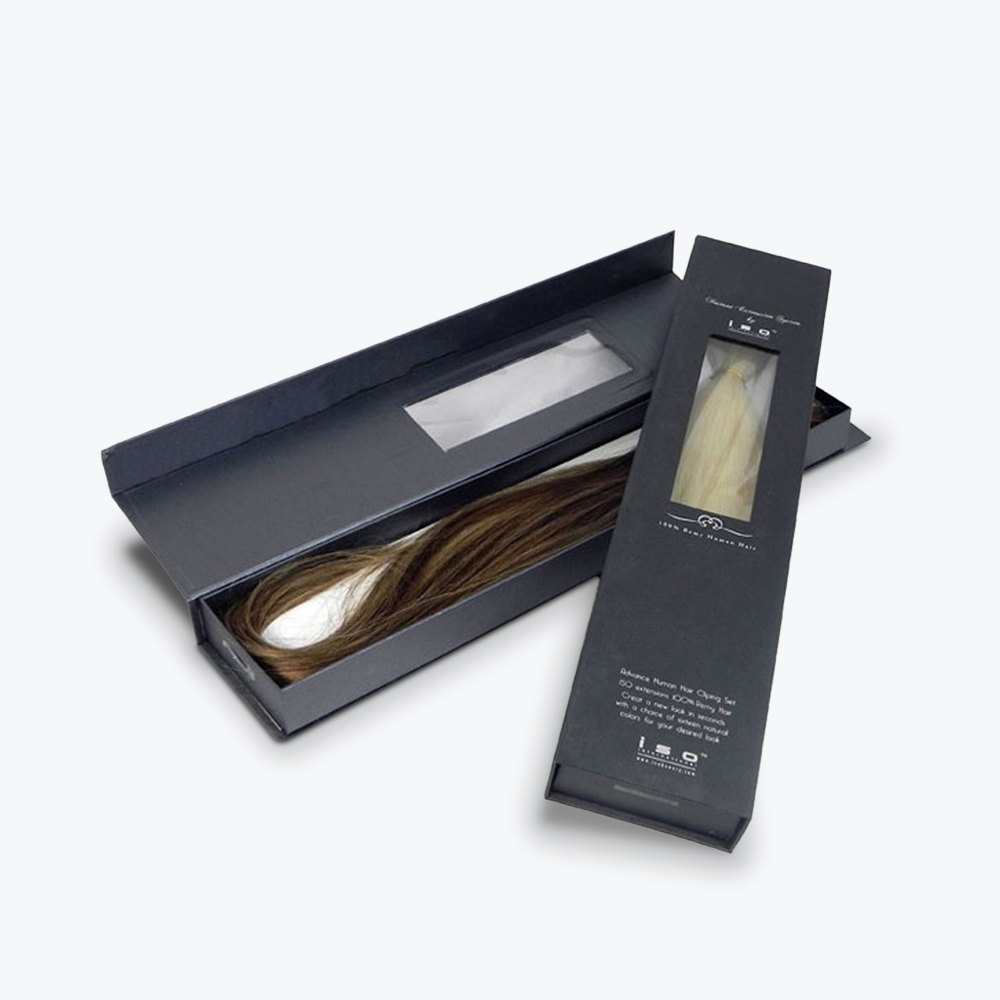


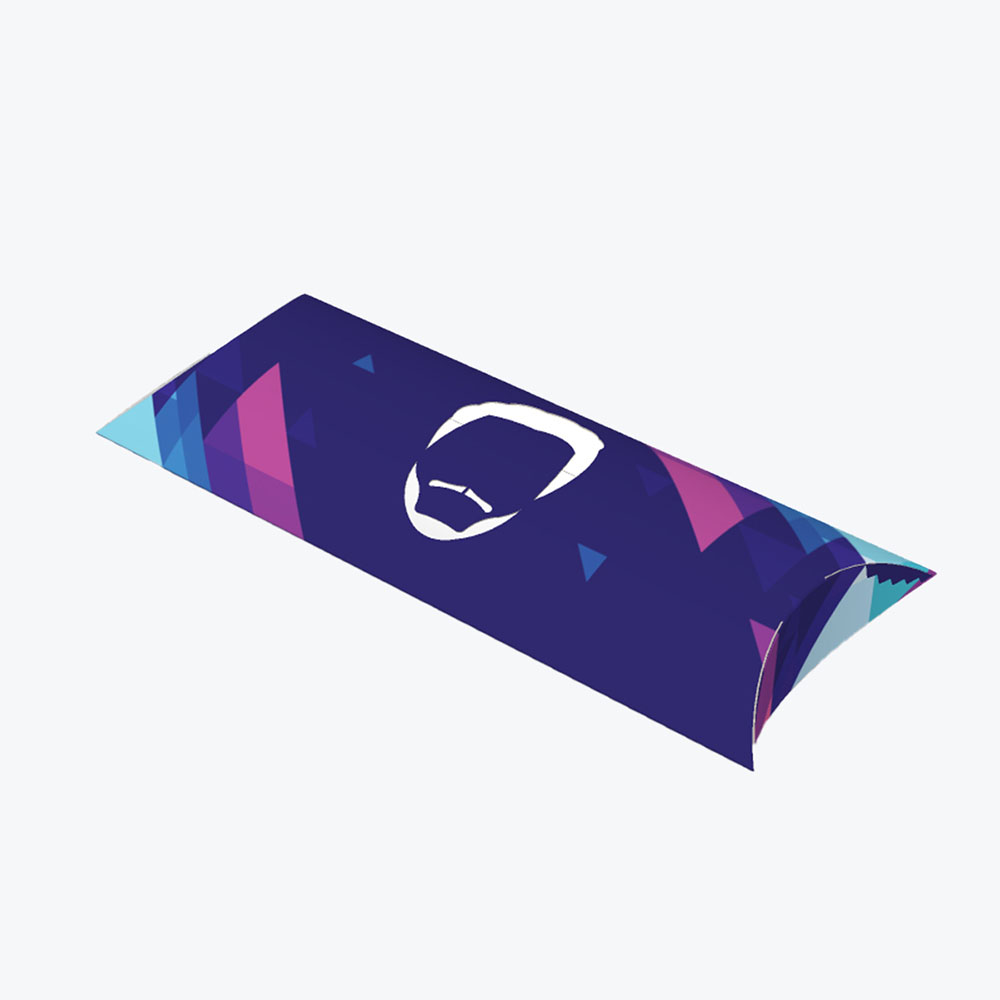

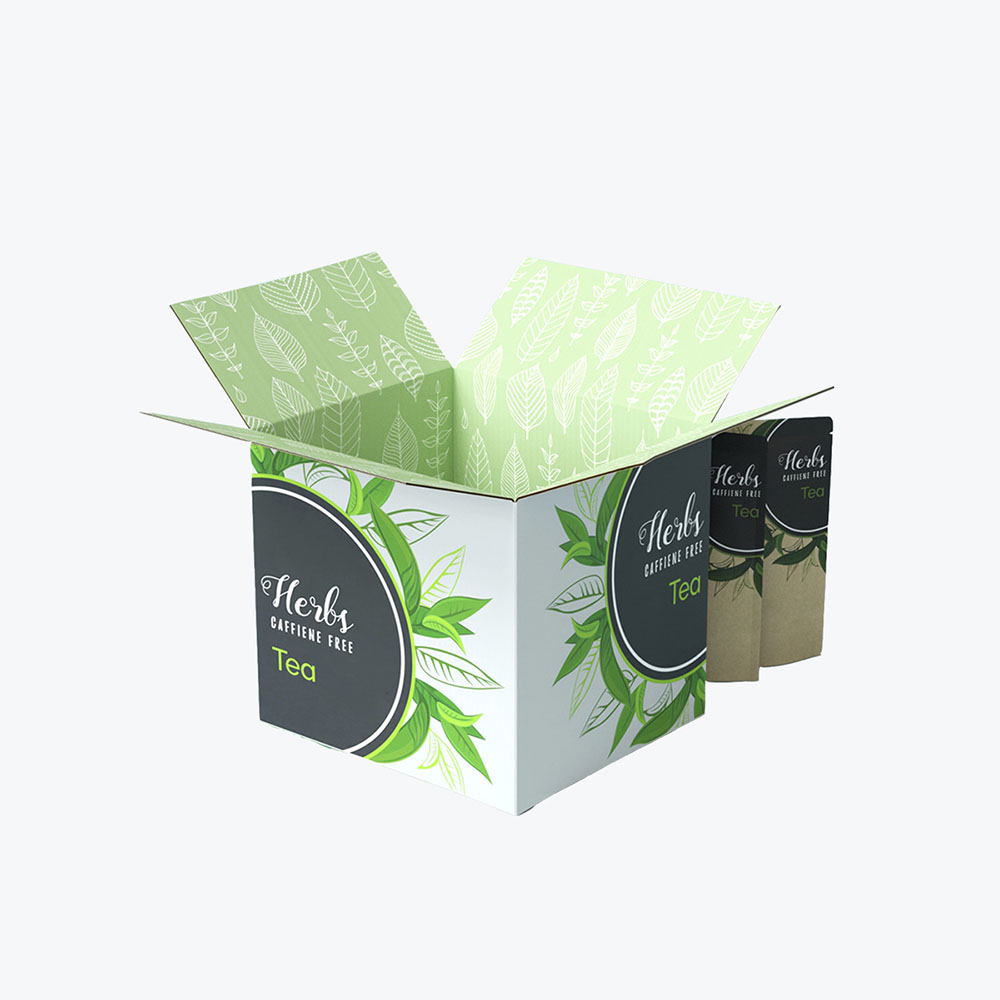

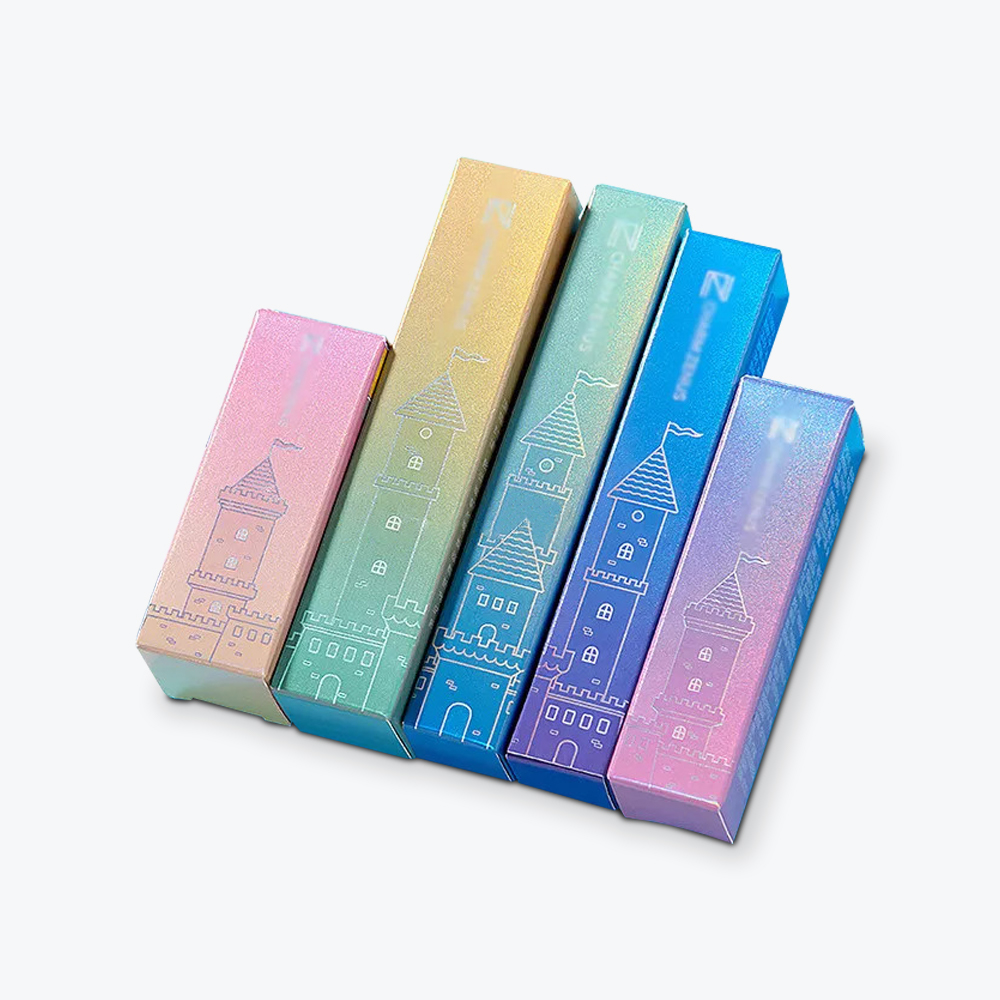

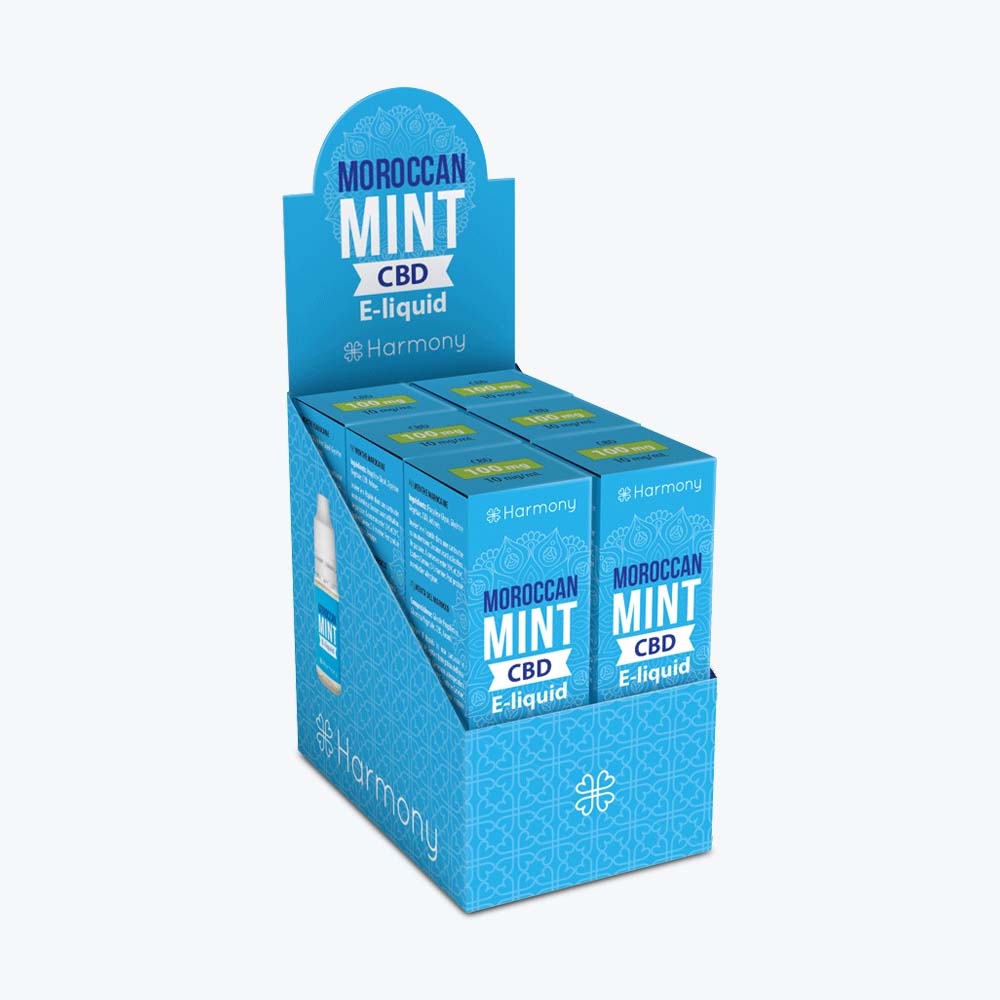
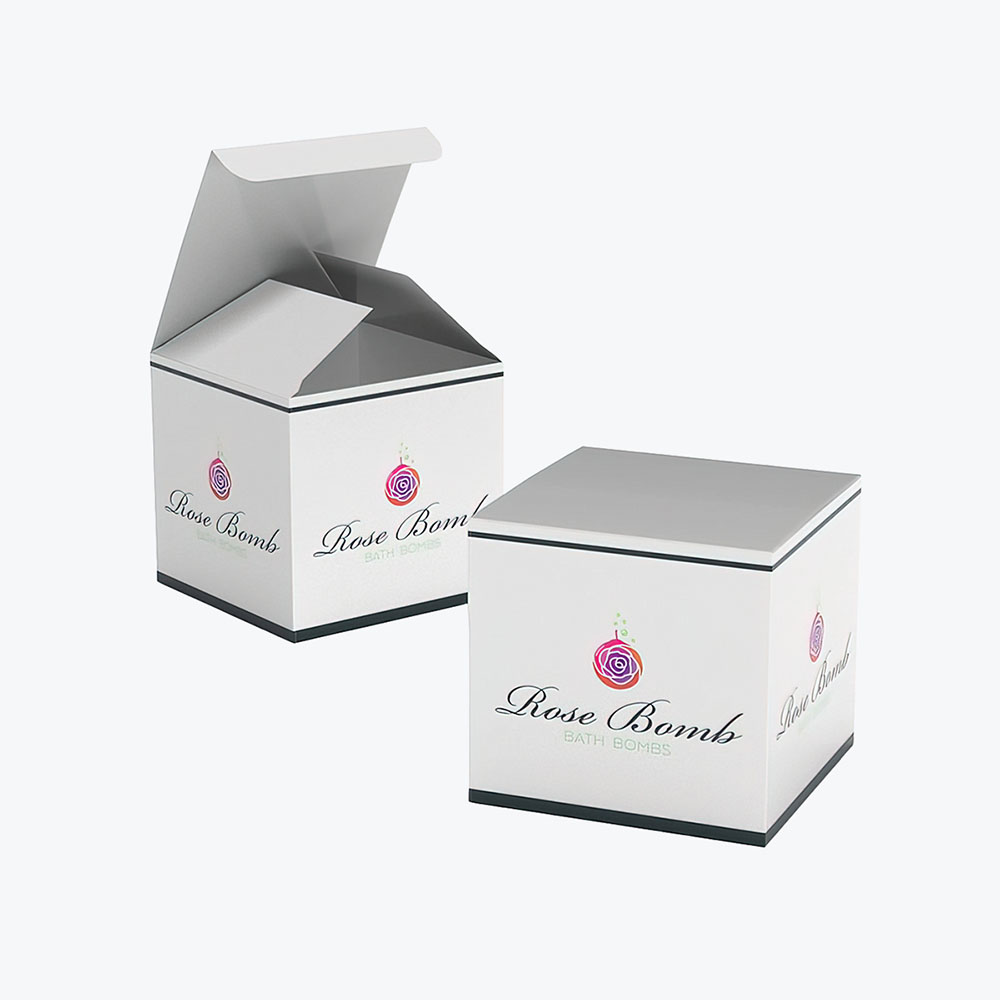
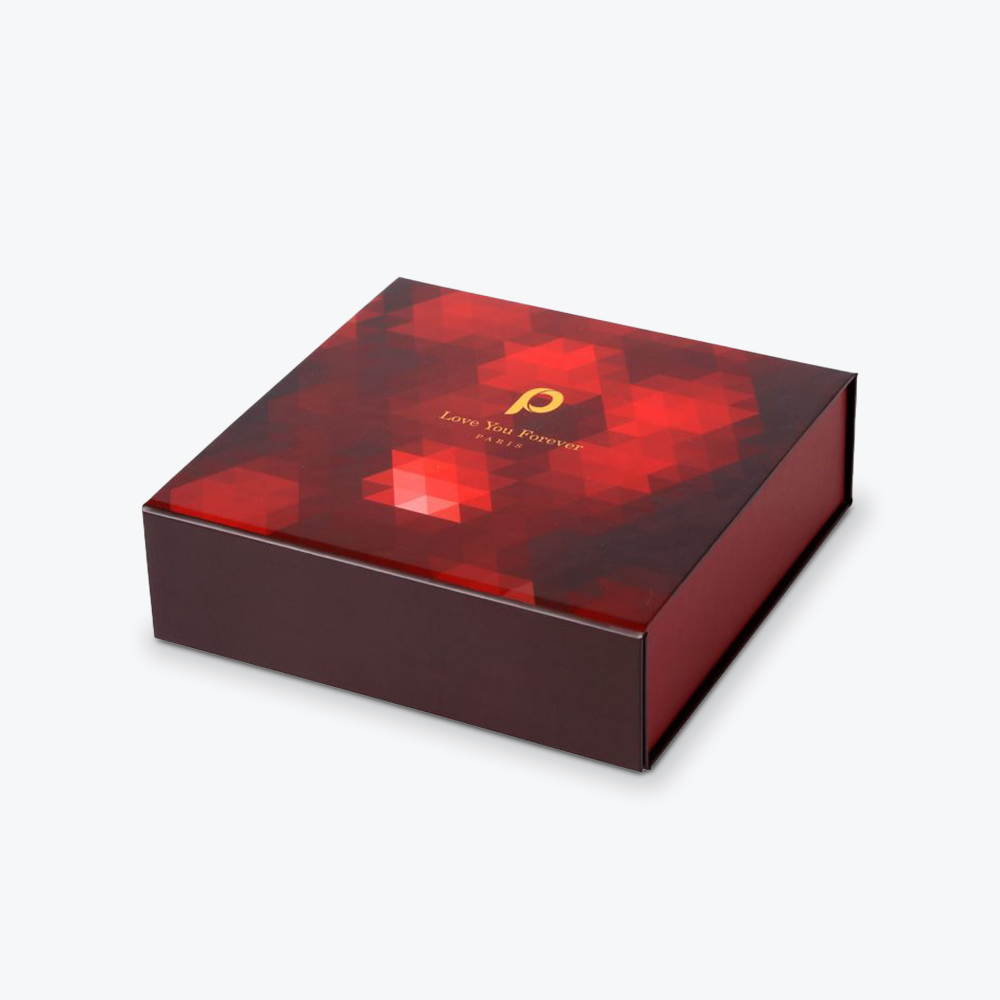
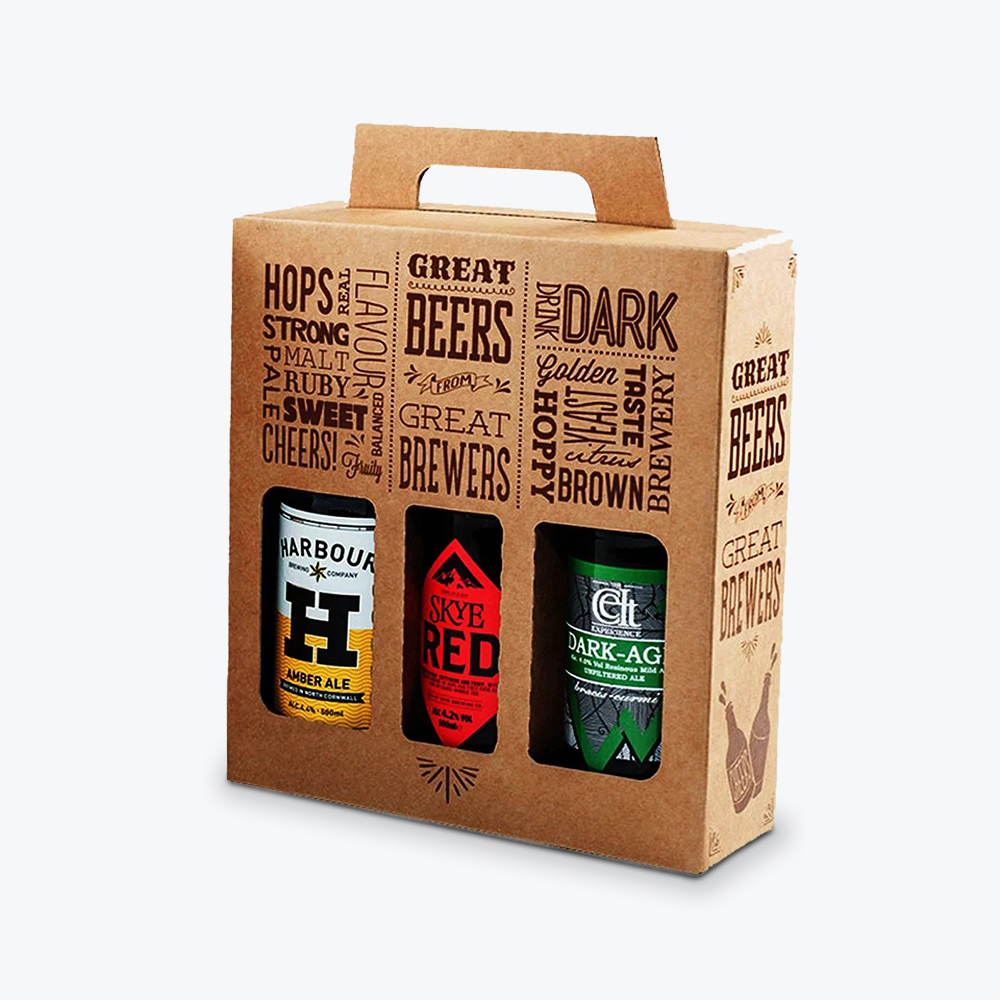
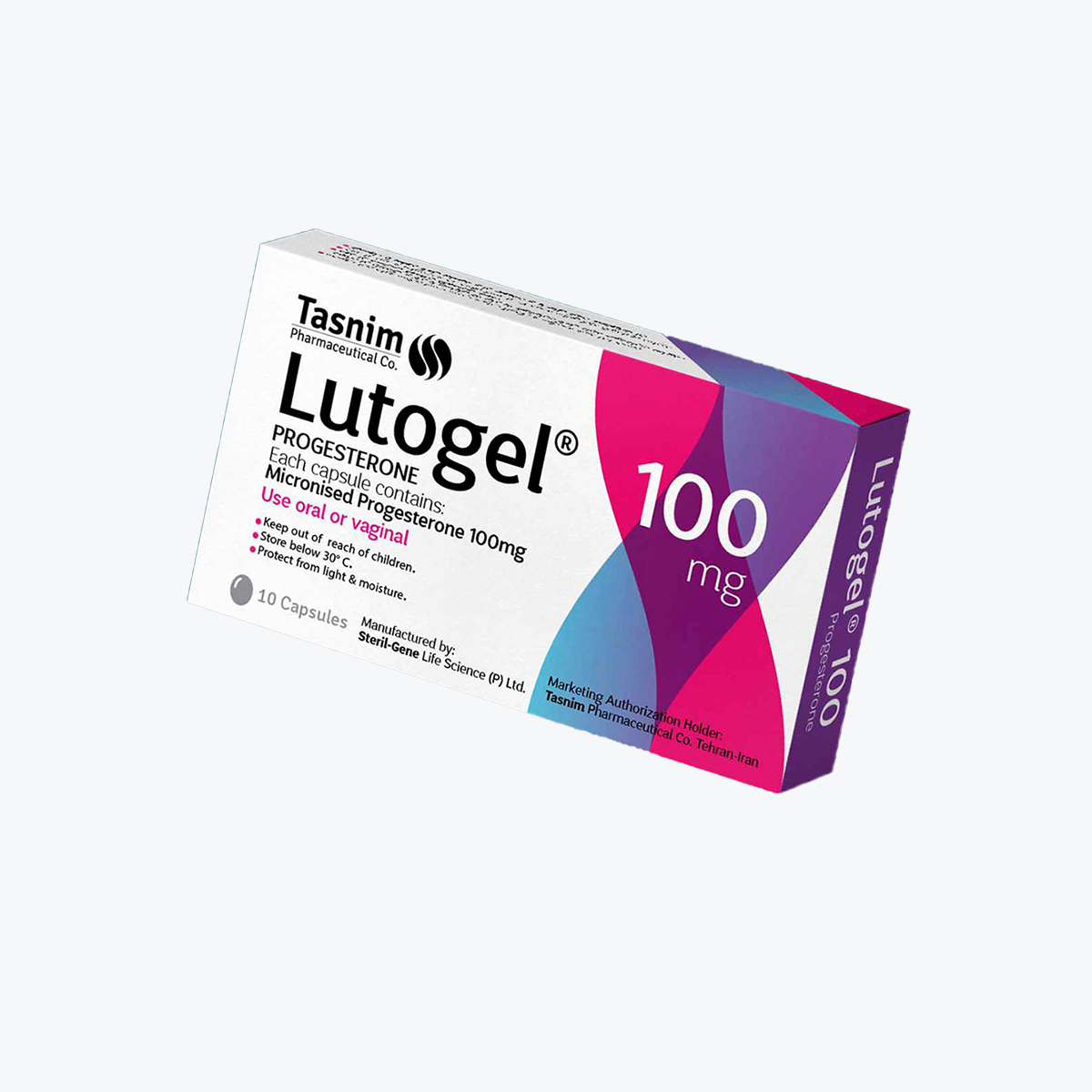
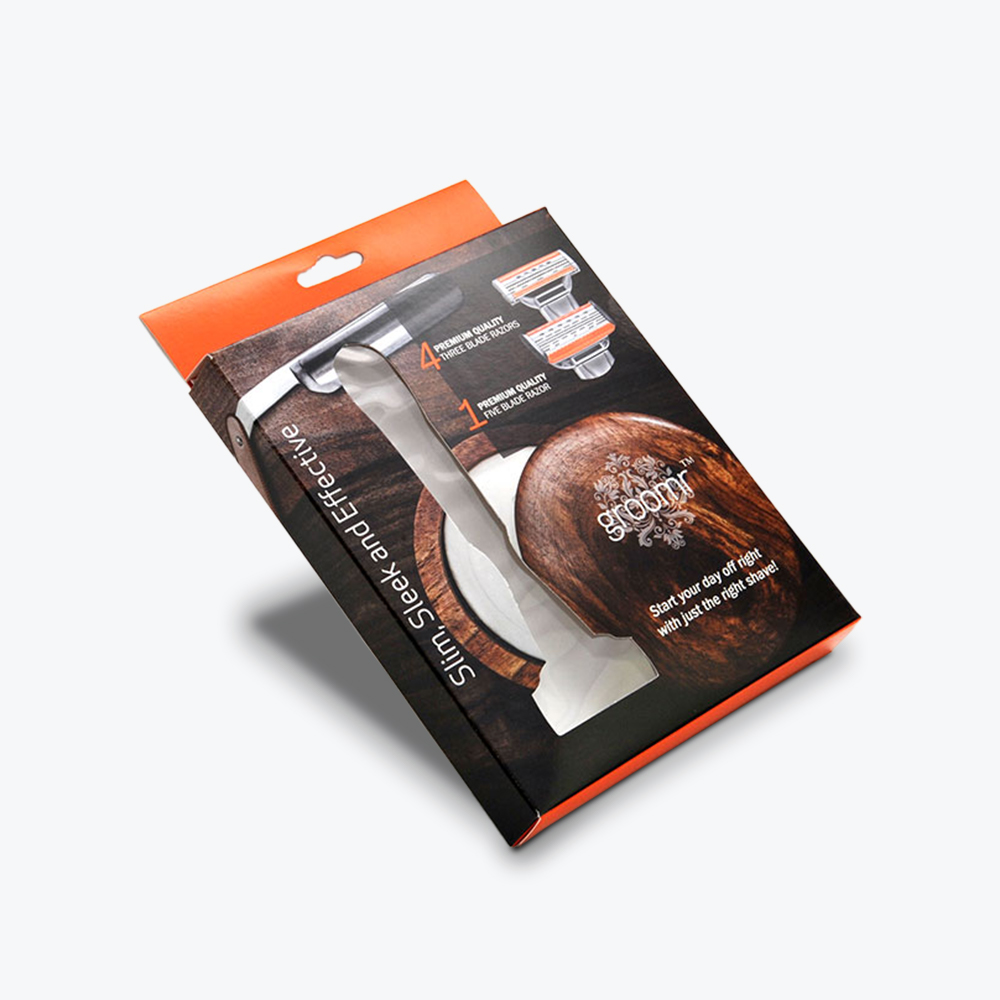
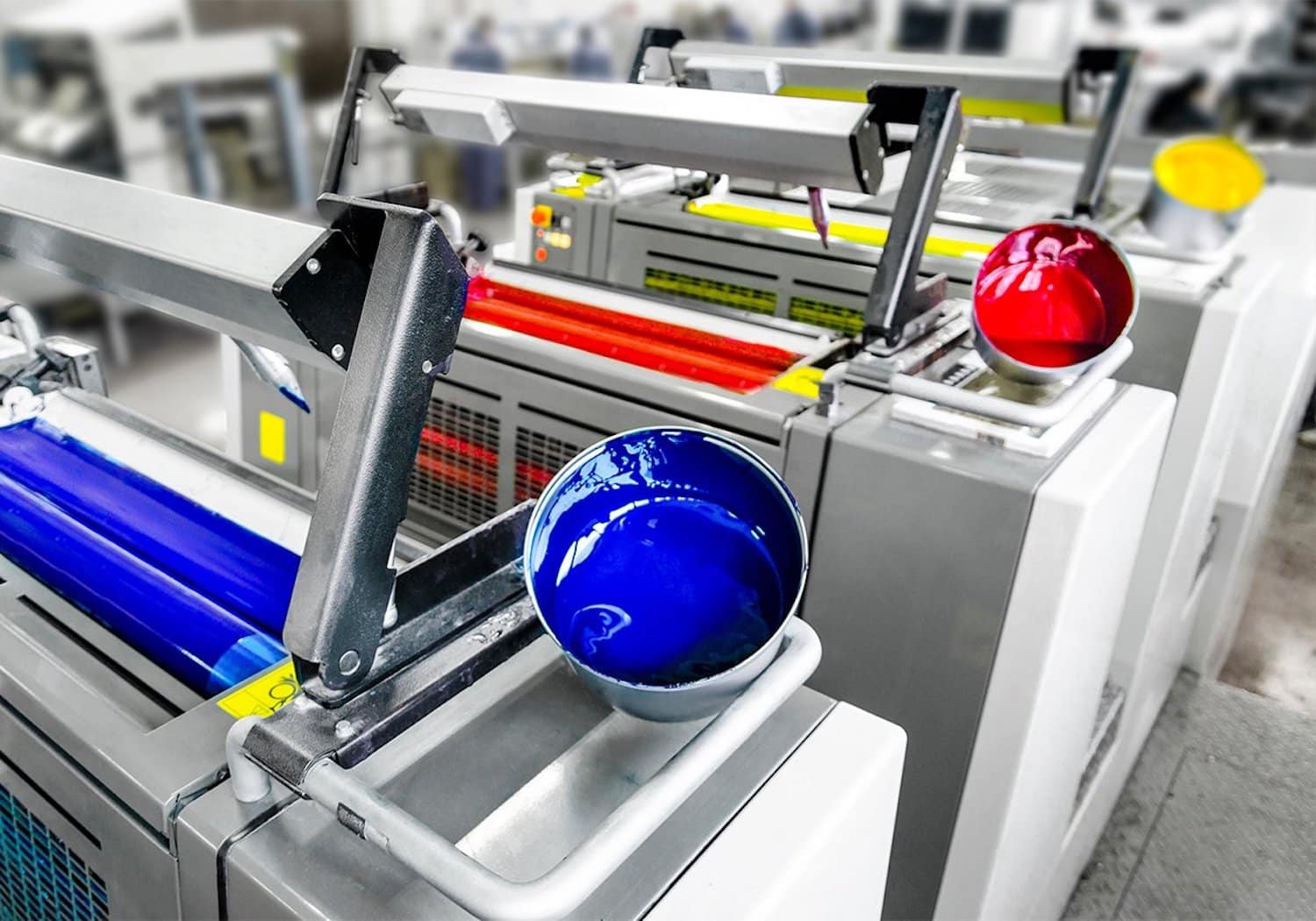
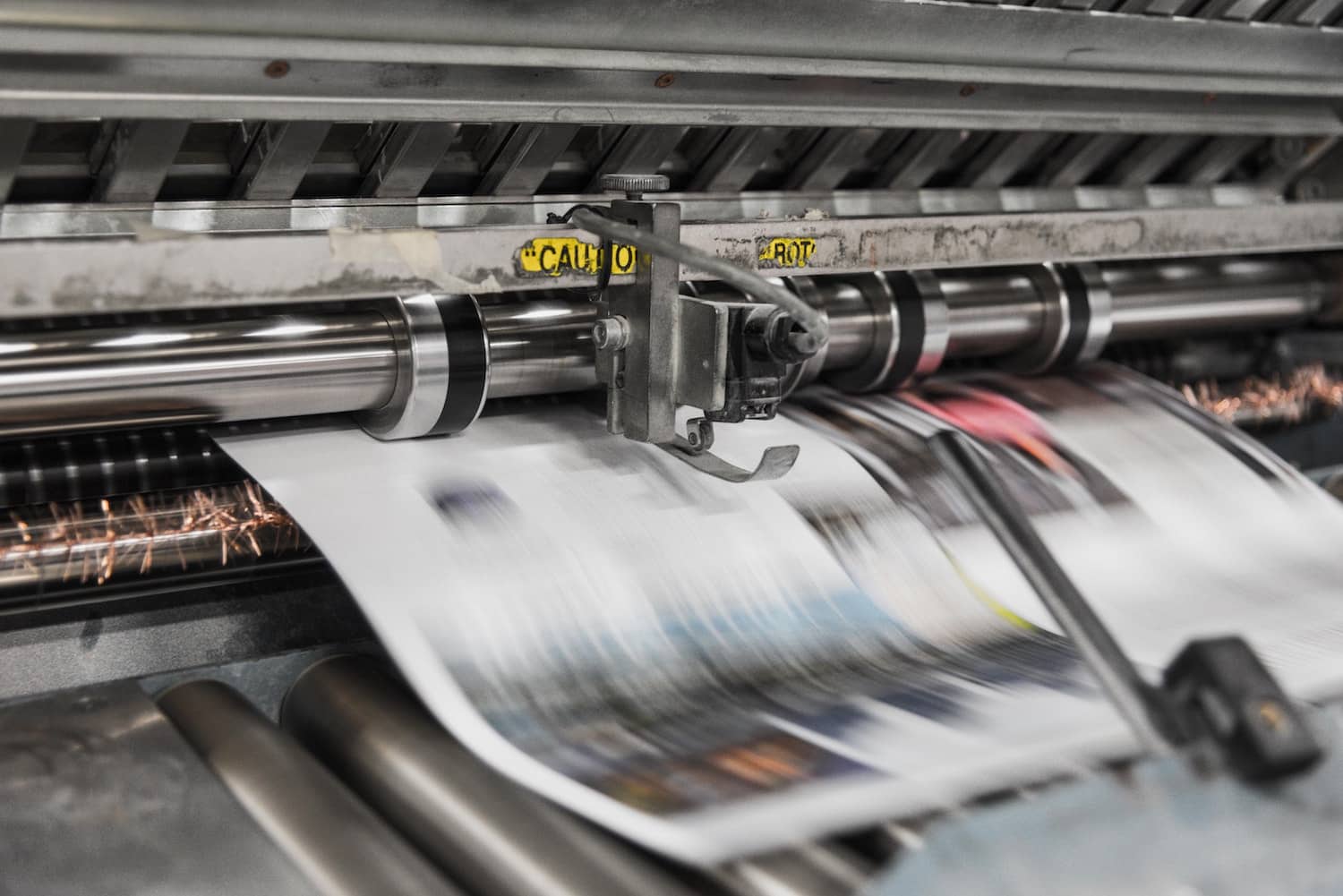

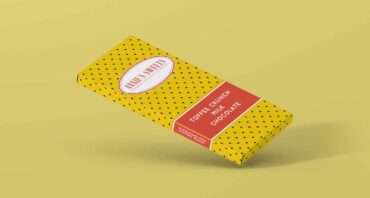

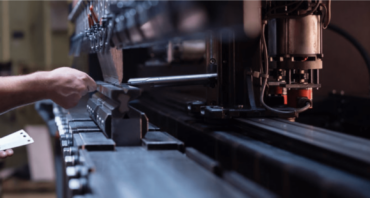


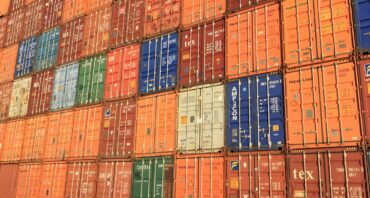
Share